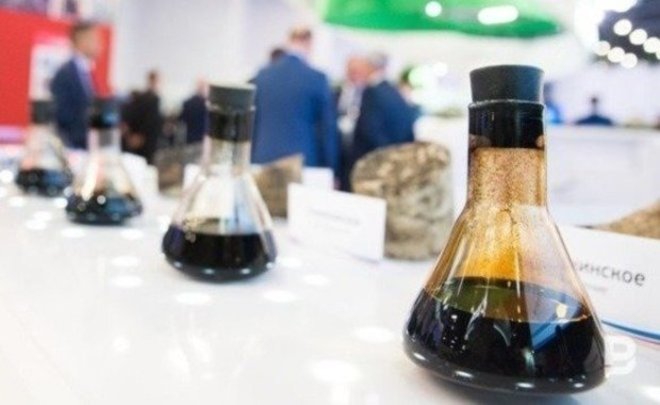Sergey Kaufman: ‘Oil prices continue moving in the diapason of $85-105 per barrel’
An analyst of Finam FG about the situation in Russia’s oil and gas market

Brent oil price can rise to $98,5 per barrel next months, experts assume. In November, OPEC+ countries are starting to cut production volumes, and this factor can raise the rates.
Production can decrease by 1-1,5 million bpd
Brent oil prices continue being traded at 2014 highs and primarily stay above $90 per barrel. In late October, the rally went on amid the risks of a deficit in the oil market. Prices can also support the embargo on oil supplies from Russia expected in December and the cap on Russian black gold discussed by Western countries. At the same time, there is a great probability of a recession in developed countries and tightening policy of the FRS restricts the oil price growth. By our estimate, the parity of these opposite factors will stay short-term and oil prices will continue moving in the diapason of $85-105 per barrel.
Russian oil companies as well as the whole big market have experienced the sanctions pressure in the last few months. After the European embargo on maritime oil supplies is imposed, production in the country can reduce by 1-1,5 million bpd compared to today’s 10,7 bpd. At the same time, India, China and Turkey have already significantly increased oil imports from Russia, while Euro-zone countries have reduced them just a bit. Only the USA and South Korea that accounted less than 800-900,000 bpd of exports before the February events totally refused Russian oil and oil products.

Strong ruble, taxes and discount on oil will press the sector
The resumption of dividend payout became a positive event for Lukoil shares in particular, which will keep them in the mid-term. At the same time, interim dividends turned out to be beyond the market’s expectations: most forecasts were between 400 and 600 rubles per share, but the board of directors recommended paying 256 rubles per share after nine months of 2022. The management explained that the company allocated a significant amount of money to repay the debt, buy Eurobonds and finance asset purchase deals. Also, the absence of access to international capital markets could influence the decision on dividends. However, given the company’s low debt burden, we suppose that in the absence of new force majeure, Lukoil will go back to the practice of paying 100% of FCF with corrections eyed by the dividend policy in the future. In general considering earlier recommended final dividends for 2021, the total amount of payouts in late December will be 793 rubles per share, which is 16,8% of yield. We keep the target price for Lukoil shares at 5,020 rubles.
Tatneft is at the moment a neutral representative of the oil and gas sector. Among the company’s fortes, we can single out zero debt, adherence to the dividend policy and short-term resistance to sanctions. According to our estimate, the dividends in 2022 (considering those that have already been paid out for the first half) can total about 55 rubles per share, which corresponds to 14,3% of yield. At the same time, the focus on pipeline export allows Tatneft to have minimum problems with sale in 2022. However, the refusal of some European countries from buying Russian oil via Friendship can lead to a reduction in production and export next year. The stronge ruble, a greater tax burden and the discount on Russian oil will press both Tatneft and the whole sector. We assume that amid these contradictory factors, Tatneft’s shares in the next quarters will show performance close to the sector.
Rosneft refocuses falling out amounts on India
In a longer term, we positive look at Rosneft’s shares that, we think, have good chances of adapting to the new reality. Before the February events, Rosneft supplied 54% of crude oil and 26% of oil products to Asian markets, now it is actively refocusing falling out amounts on India thanks to its share in a local oil refinery.
Also, according to the company’s head Igor Sechin, Rosneft plans to stick to its dividend policy envisaging paying 50% of net profit according to the International Financial Reporting Standards. The total dividends in 2022 can be about 40 rubles per share. However, Sechin earlier announced the payout of interim dividends of 20,4 rubles per share. Also, the company keeps the prospects of expanding production thanks to Vostock Oil project whose location allows supplying oil both to the West and East if needed.
Reference
The author’s opinion does not necessarily coincide with the position of Realnoe Vremya’s editorial board.